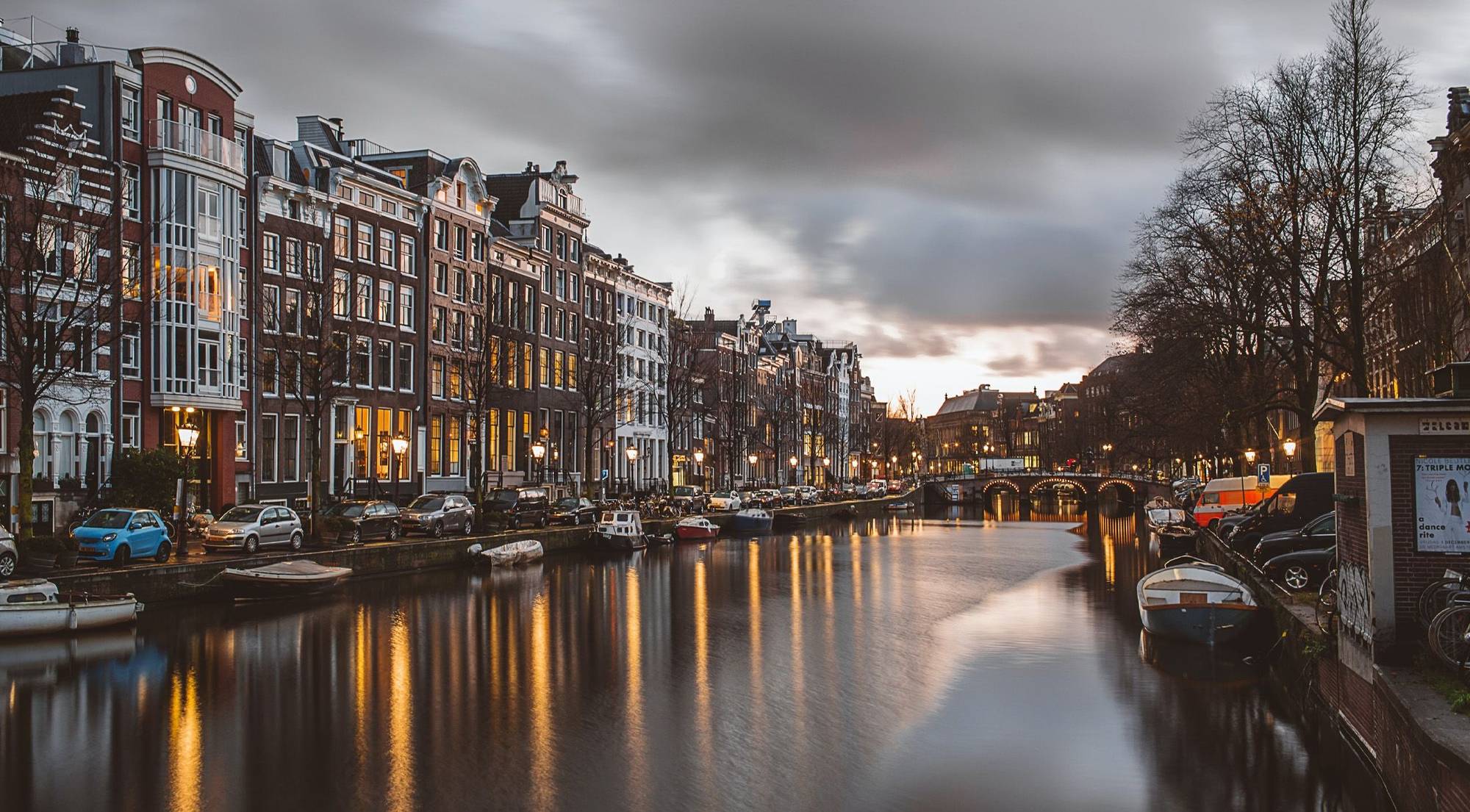Summing up Social Media Week 2022
In this new hybrid working world, marketing professionals can tune into industry conferences from anywhere, whether that’s in person in the Big Smoke, from their desk at home or in the case of our Social Media Account Director Lizi Legge, the new Starbucks at Crown Point in Leeds. She’s here to share her key takeaways from Adweek’s Social Media Week 2022. Over to Lizi.
Author
Lizi Legge
Date
17.11.2022

Summing up Social Media Week 2022
This year’s social media week had us thinking about the future of social.
- How it looks as part of the metaverse*.
- How brands are discovering new ways on social to drive fandoms and build communities.
- How new strategies can establish your brand as a leader when it comes to making meaningful change.
*The metaverse is one I had to Google too. It’s not just the world as curated by Zuckerberg because he rebranded his empire as Meta. The metaverse isn’t totally new concept, it was actually coined back in 1992 in the novel Snow Crash. But now, it refers to an evolution of the internet. The internet is something you browse. The metaverse is something you live in – it’s a virtual world that mimics the real world. Think VR, AR, AI (and more acronyms will get added to the list, I’m sure), digital currencies and of course, social media plays a big part.
Whether you’re planning on sticking about in the real world or considering asking Santa for a VR headset, my key takeaways from the talks were:
Expect budgets to go up, but in this economic climate be prepared to justify ROI to the C-Suites
According to Hootsuite, 96% of marketers say that social media is critical, 83% have confidence in it and there’s an expectation for budgets to rise by 30% over the next five years.
Social is becoming more and more central to marketing, as it continues to grow in both user numbers, dwell time and usage purposes. Take Gen Z for example. A generation which hasn’t just grown up with social in the way that Millenials did, they’ve grown up with sub-communities across multiple channels that tap into their passion points. They’ve grown up with social media adding value – as opposed to sharing Facebook pokes between classmates. What a throwback.
Not only are Gen Z heading to social over traditional search (but that’s not an excuse to sack off your SEO strategy, it’s still a key part of the mix!), social is also the first port of call for customer service. As social media plays an ever-increasing role within the online space and as the metaverse continues to build, there’s an expectation for brands to step up and continue building their online communities, or they’ll get left behind. And no brand wants that kind of FOMO.
Creators are key, but keep them relevant
Big celebs may look great on the front of a flashy brand campaign but when it comes to social content, smaller creators step into the limelight as they not only influence, but become an extension of your creative team.
Taking a micro-influencer who has expertise, authenticity, relevant content and a highly engaged audience allows for lower budgets to stretch further into video content production for your brand. Commissioning creators and using collaboration tools (so the content appears on their feed and yours) boosts your post volume and supports building brand affinity through an authentic third-party voice.
Treating ‘influencers’ as creators, rather than just a means of amplifying your brand, means you can authentically build online conversations with their audience whilst banking great content for your own channels. It’s more important than ever to align your creators closely to your brand in terms of values and audience, so that creative license can be given to them for their content.
Remember why you’re there
Social wasn’t made for brands, so standing out is actually a case of blending in. Each social media channel has a purpose. Facebook is for connecting with friends and family. Twitter is for news and current events. Instagram is to share your own photos and videos. Pinterest is to research brands, products and ideas. TikTok is for entertainment.
So be realistic with your content and give your posts a purpose and rationale. Post content on Facebook that people will want to share with loved ones. On Instagram, appeal to a person’s sense of self. Keep Twitter reactive. Show off your brand on Pinterest. Entertain people on TikTok.
You’re there to be seen – but not to interrupt or disrupt. As you’ll get ignored. Attention is earned.
And whilst you’re there, lean into native features to engage your audience. Not only does it tick the algorithmic box, but it captures the attention of your audience if you’re running polls, posting engaging creative and generally well formatted content. And when it comes to ads, mimic what users are seeing organically, and they won’t even notice the paid placement until afterwards.
